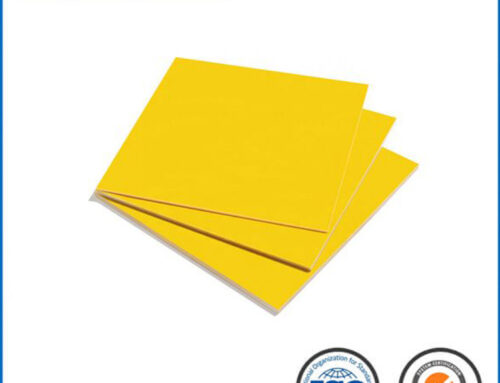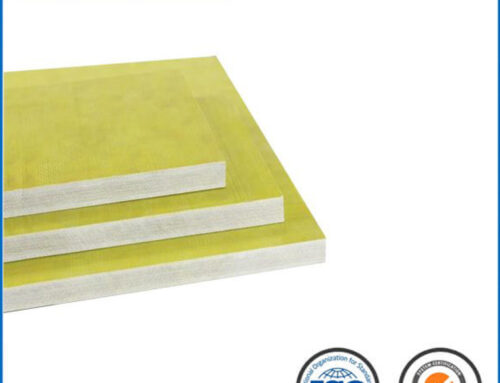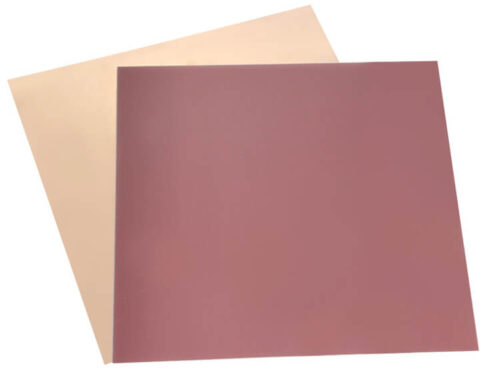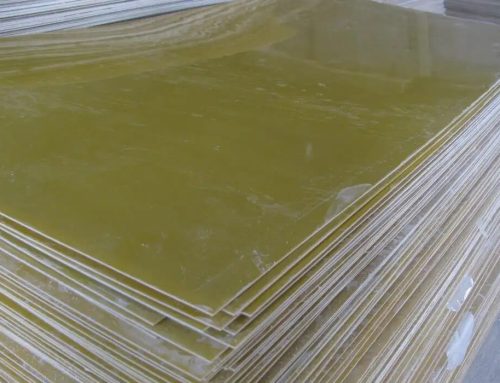The specific heat of FR4, a critical thermal property, plays a pivotal role in its performance across various applications. This article delves into the nuances of FR4’s specific heat, shedding light on its significance, influencing factors, and the diverse applications where a thorough understanding of this thermal characteristic is paramount. From electronic devices to industrial machinery, exploring the specific heat of FR4 unveils insights that contribute to efficient thermal management and enhanced reliability in engineering applications.
1. Understanding Specific Heat: A Key Thermal Parameter
Definition and Significance:
Specific heat is the amount of heat energy required to raise the temperature of a unit mass of a substance by one degree Celsius.
In the context of FR4, specific heat influences its ability to absorb, store, and release thermal energy, impacting its performance in different environments.
Importance in Thermal Management:
Specific heat is a crucial parameter in thermal management, influencing how efficiently a material can dissipate or retain heat.
For FR4, understanding specific heat is essential for designing components that can withstand temperature fluctuations without compromising functionality.
2. Factors Influencing Specific Heat of FR4: Composition and Structure
Composition of FR4:
The specific heat of FR4 is influenced by its composition, which typically includes layers of fiberglass cloth embedded in an epoxy resin matrix.
The combination of fiberglass and resin determines how effectively FR4 can absorb and distribute thermal energy.
Layered Structure:
The layered structure of FR4 contributes to variations in specific heat within the material.
Factors such as the orientation of fibers and resin content impact the overall thermal behavior of FR4.
3. Thermal Performance in Electronic Devices: Ensuring Reliability
Printed Circuit Boards (PCBs):
In electronic devices, especially in PCBs, the specific heat of FR4 affects its ability to dissipate heat generated by electronic components.
Optimizing the specific heat ensures that FR4-based PCBs maintain stable operating temperatures, preventing overheating and potential damage.
Heat Sink Integration:
Specific heat considerations are crucial when integrating FR4 components with heat sinks.
Efficient heat dissipation is vital for ensuring the longevity and reliability of electronic devices.
4. Industrial Machinery Applications: Efficiency in High-Temperature Environments
Custom Insulating Components:
In industrial machinery, FR4 is often used for fabricating custom insulating components.
Understanding the specific heat of FR4 aids in designing components that can withstand high temperatures and thermal fluctuations in industrial settings.
Thermal Stability in Enclosures:
Enclosures made from FR4 benefit from optimized specific heat, contributing to thermal stability in equipment housing.
This is particularly important in environments where machinery is exposed to varying temperatures.
5. Aerospace Engineering: Adapting to Extreme Thermal Conditions
Aircraft Interiors:
Specific heat considerations are crucial in the selection of materials for aircraft interiors, where FR4 may be used in components such as panels and insulation.
The material’s ability to handle thermal stress contributes to passenger comfort and safety.
Satellite Components:
FR4’s specific heat is a key factor in designing components for satellites and space exploration.
Thermal stability is essential to ensure the functionality of sensitive instruments in the harsh conditions of space.
Exploring the specific heat of FR4 provides valuable insights into its thermal performance and applications across diverse industries. From electronic devices to industrial machinery and aerospace engineering, understanding how FR4 manages heat is crucial for designing components that can thrive in varying thermal conditions. As technology advances and engineering demands evolve, the specific heat of FR4 remains a fundamental aspect shaping the material’s role in the intricate thermal landscape of modern engineering.
More:




